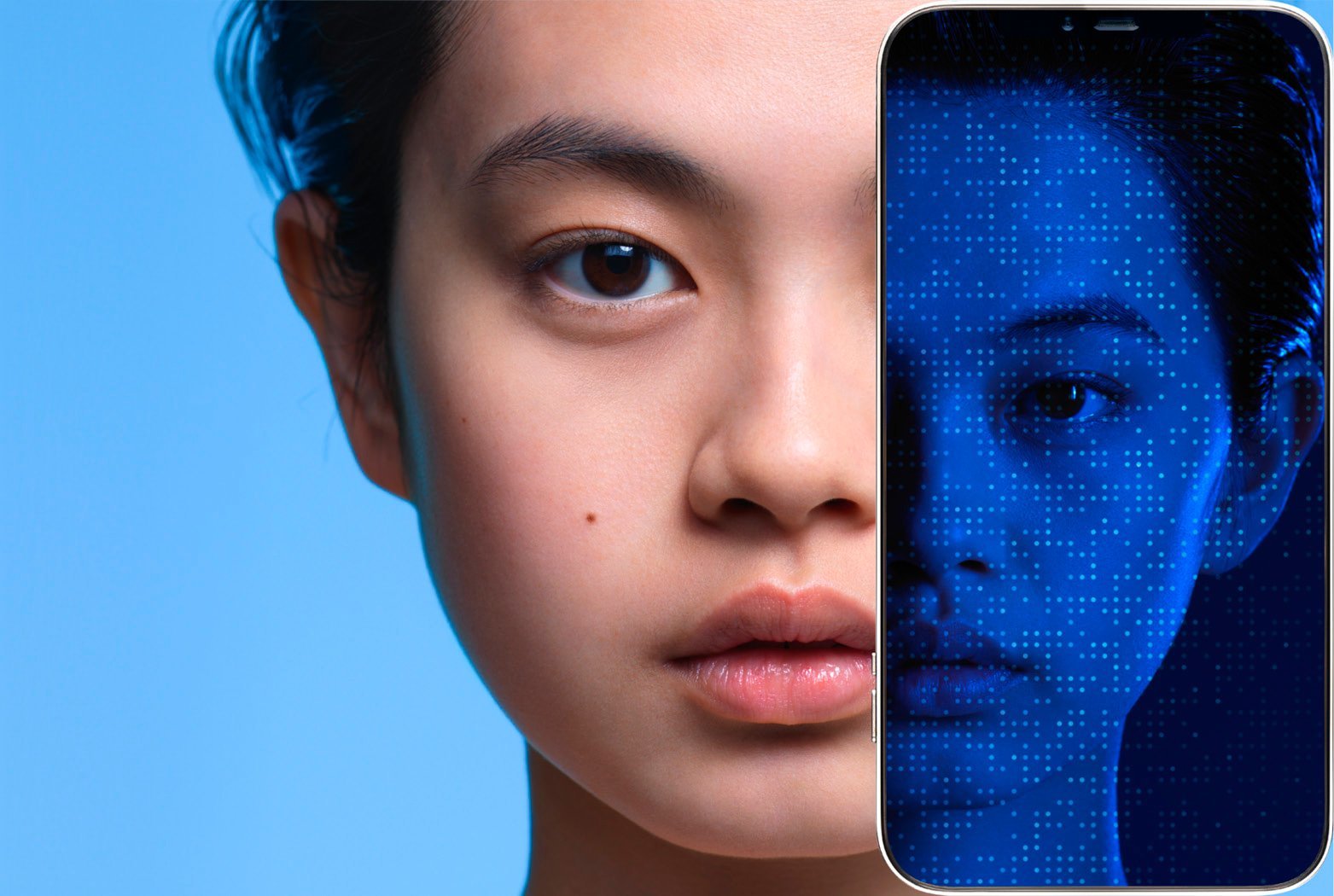What sunscreen should I use for babies?
Babies and children under 3 should have no direct sun exposure whatsoever. Even in the shade, they should be protected with sun creams for kids a abroad spectrum UVA-UVB sunscreen as well as protective clothing and hats. The ANTHELIOS Dermo-Pediatrics range has been tested under paediatric supervision to be safe on baby’s fragile skin.
Learn more






